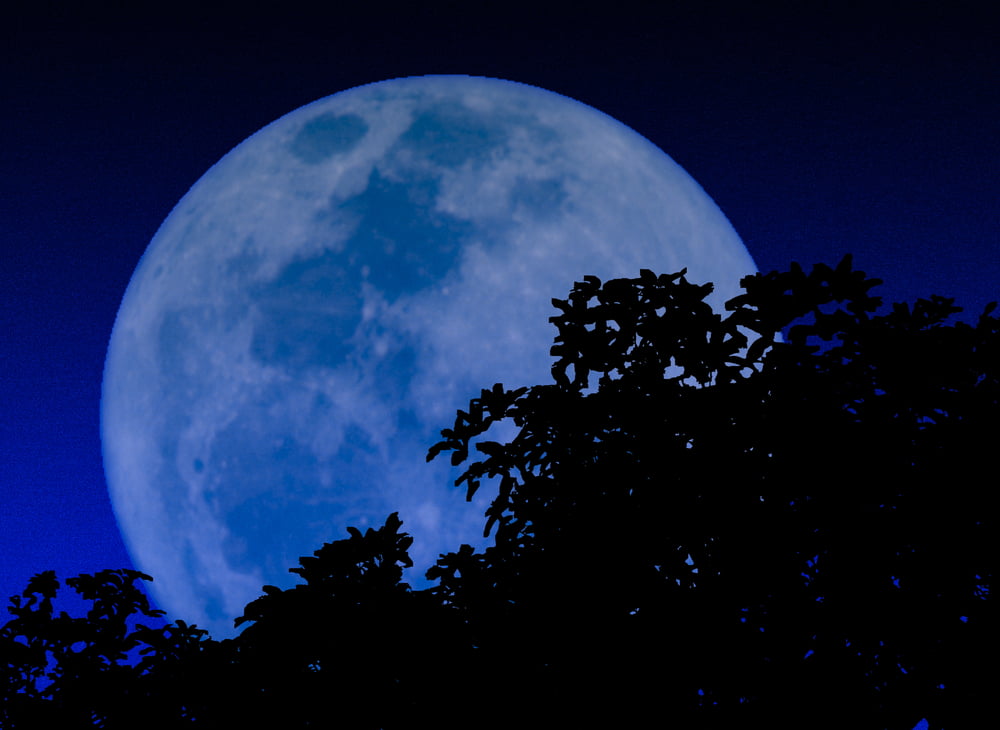Once in a Blue Moon
There have been facts and fiction written, and shared through oral traditions, about Blue Moons. Today, our definition is scientific (albeit, based on writer error) based on our ever-increasing knowledge about the universe where we live. According to David Wilton’s fabulous Word Origins website, the phrase Blue Moon probably started with an anonymous poem from 1528,
“Read me and be not wrothe, For I say no things but truth: If they say the moon is blue, We must believe that it is true.”
The phrase, “in a blue moon” developed the 19th century, meant never, or extremely unlikely. However, this isn’t true since they do occur.
According to Nick Greene, “in 1883, an Indonesian volcano named Krakatoa exploded. The blast was likened to a 100-megaton nuclear bomb. Miles away, people heard a noise as loud as a cannon being fired. Plumes of ash rose to the very top of Earth’s atmosphere…and the moon turned blue. Krakatoa’s ash was the reason. Some of the ash-clouds were filled with particles about 1 micron (one millionth of a meter) wide–the right size to strongly scatter red light, while allowing other colors to pass. White moonbeams shining through the clouds emerged blue, and sometimes green. Scientists now realize that the key to a blue moon is the air spreading lots of particles slightly wider than the wavelength of red light (0.7 micron)–and no other sizes present. This is rare, but volcanoes sometimes spit out such clouds, as do forest fires.”
The use of the phrase blue moon was based on an actual astronomical phenomenon first started in 1932 with the Maine Farmer’s Almanac, mentions Greene. It’s definition ‘was a season with four full moons rather than the usual three, where the third of four full moons would be called a “blue moon.”‘ Since seasons are established by the equinoxes and solstices, and not calendar months, it is possible for a year to have twelve full moons, one each month, yet have one season with four.
That original definition altered into the most popular version we use today. In 1946 an article in an astronomy magazine by amateur astronomer James Hugh Pruett misinterpreted the Maine rule to mean two full moons in one month. This definition seems to have stuck, despite its error.
If you use the newer definition, or the original one from the Maine Farmer’s Almanac, a blue moon though not common, happens on a regular basis. Either way, they occur approximately 7 times in a 19 year period. Less common is a double blue moon (2 in one year). That only happens once in the same 19 year period. They occur in January and March, thanks to the short month, February. The last double we saw was in 1999. The next will happen in 2018.
Astronomically speaking, it is very likely you will see a blue moon; however to see a full moon that is blue is less likely. While there is no formal significance attached to the blue moon in modern Wiccan and Pagan religions, you can certainly treat it as an especially magical time. Consider it a special gift from deity bring extra strength to your spiritual work.



Reblogged this on hocuspocus13 and commented:
jinxx xoxo